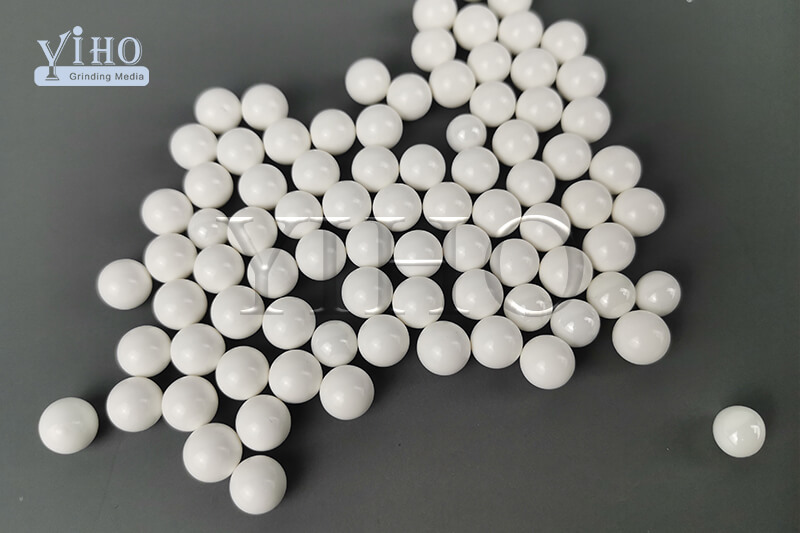Ceramic grinding media are ceramic balls or beads used for various grinding and milling processes in industrial applications. They are typically made from materials like alumina, zirconia, or silicon carbide and are designed to replace traditional steel or metal grinding media in applications where contamination from metal is a concern, or where the material being processed is sensitive to metal contamination. Here are some key points about ceramic grinding media:
1. Types of Ceramic Materials: Common ceramic materials used for grinding media include:
- Alumina: Alumina (aluminum oxide) is the most widely used material due to its high hardness, wear resistance, and chemical inertness. It comes in various forms, including high-density alumina, alumina beads, and others.
- Zirconia: Zirconia (zirconium oxide) grinding media is known for its high strength, toughness, and wear resistance. It is often used in high-energy milling applications.
- Silicon Carbide: Silicon carbide grinding media offers high hardness and thermal conductivity, making it suitable for grinding materials at high temperatures.
- Steatite: Steatite is a magnesium silicate material known for its electrical insulating properties. It is used in applications where electrical conductivity needs to be avoided.
2. Advantages:
- Chemical Inertness: Ceramic grinding media do not react with most chemicals, making them suitable for applications where contamination is a concern.
- High Hardness: Ceramics are generally harder than steel, which can lead to more effective grinding and longer media life.
- Wear Resistance: Ceramic media can withstand abrasive wear and maintain their shape and size over time.
- High Temperature Resistance: Some ceramics can be used in high-temperature applications without losing their integrity.
3. Applications:
- Paints and Coatings: Ceramic media are used to grind and disperse pigments and particles in paint and coating production.
- Mining and Mineral Processing: They are used for crushing and grinding ores and minerals.
- Ceramic Manufacturing: In the production of ceramic products, such as tiles and pottery, ceramic grinding media are used for milling and shaping raw materials.
- Food Processing: In the food industry, ceramic media can be used for grinding spices, grains, and other food ingredients.
- Pharmaceuticals: They are used in pharmaceutical manufacturing for size reduction and particle size control.
4. Sizes and Shapes: Ceramic grinding media come in various sizes and shapes, including balls, cylinders, and satellites. The choice of shape and size depends on the specific application and the desired grinding or milling outcome.
5. Maintenance: Proper care and maintenance are required to ensure the longevity and efficiency of ceramic grinding media. This may include periodic cleaning and inspection to check for wear or damage.
In summary, ceramic grinding media offer advantages in terms of their chemical inertness, high hardness, and resistance to wear, making them valuable in a wide range of industrial applications where grinding, milling, and dispersion processes are involved.
Post time: Oct-18-2023

